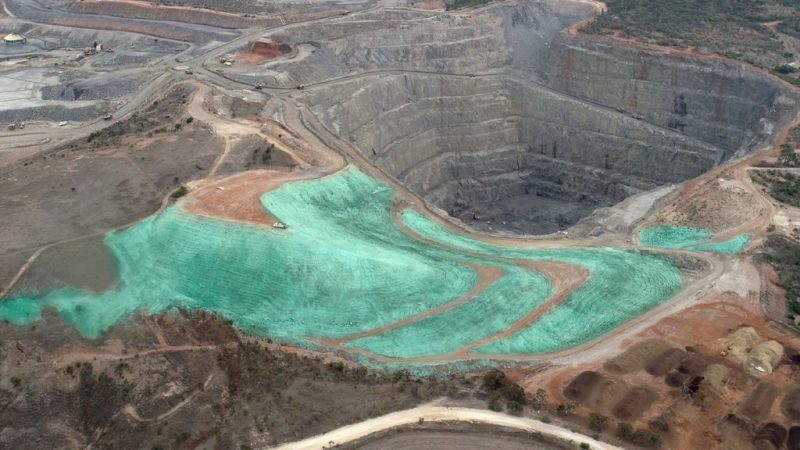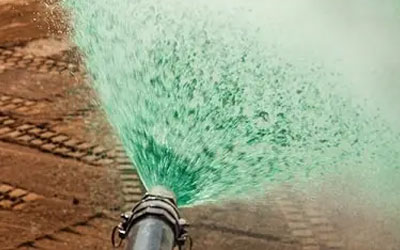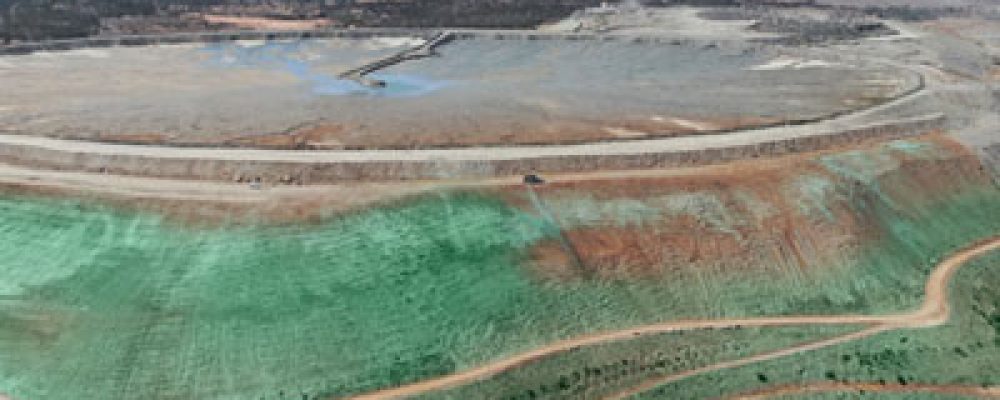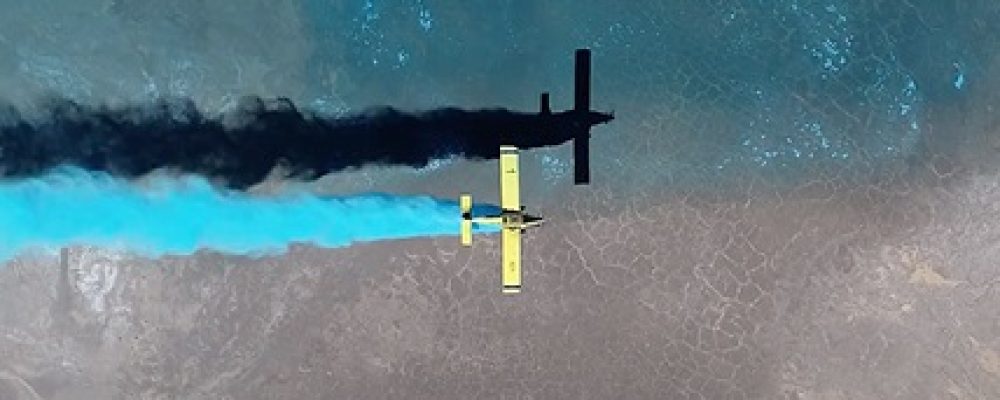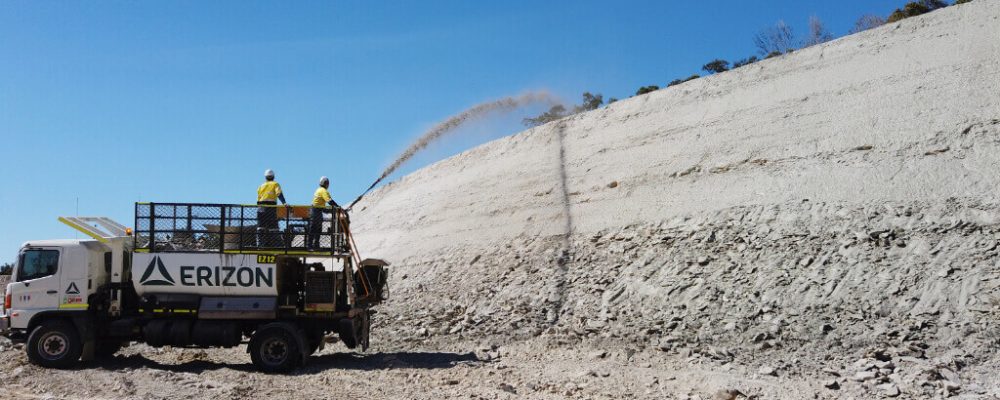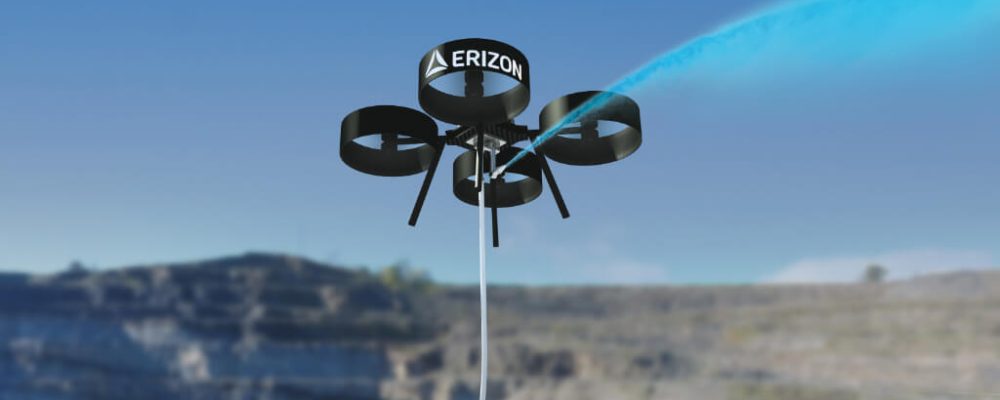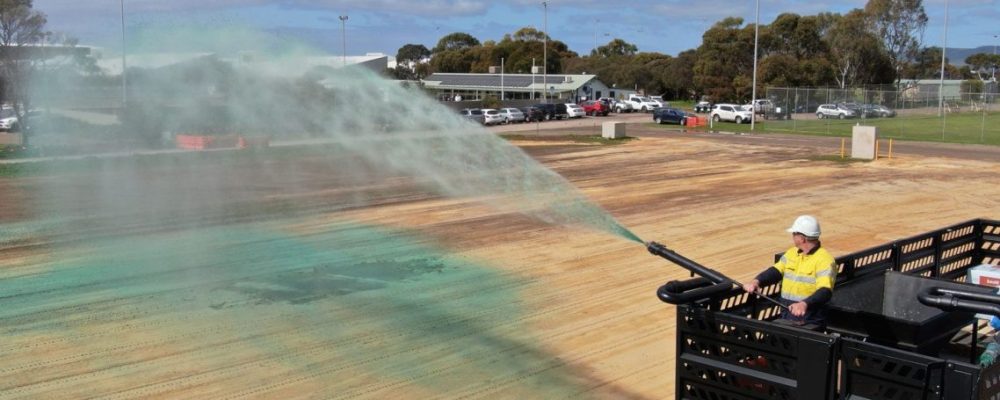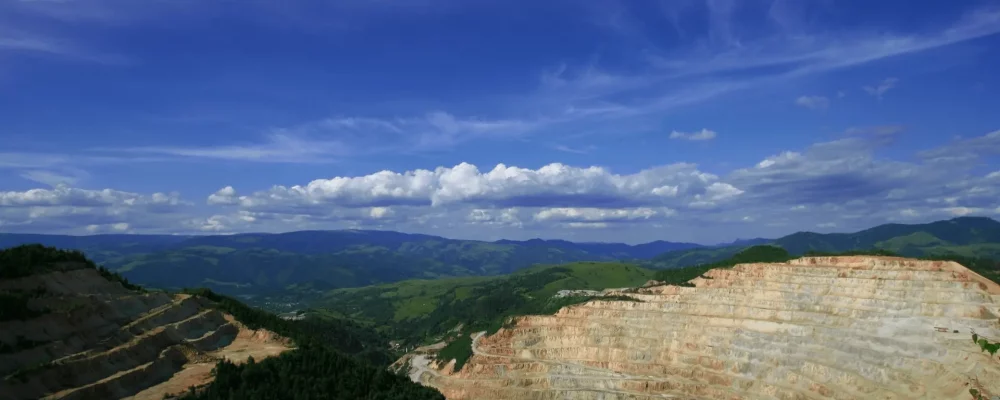How do you know if a revegetation project has been successful? What are the indications of a practical revegetation project?
In this article, we will talk about what you need to learn to achieve successful land revegetation.
What Is Revegetation?
Revegetation is the method of replanting and rebuilding areas of land cleared from their natural vegetation. We opt to revegetate when prior land use has completely removed native plants from the ground or extremely disturbed the soil, hampering natural plant growth.
It is essential to have proper planning, preparation, and monitoring in place to ensure successful revegetation. It is imperative to consider the correct application technique, the site condition, the weather of the state and the seeds to use, and the revegetation solution. If appropriately implemented, revegetation can save time and money.
Benefits Of Revegetation
Conducting a revegetation project can yield positive benefits for industries and the environment. Successful revegetation initiatives help protect ecosystem balance and improve soil structure. Replanting native vegetation helps keep the area’s natural biodiversity intact, helps reduce soil erosion, and prevents weed infestation. It provides habitat for wildlife, increases water retention, provides shelter to other vegetation, and increases oxygen production.
How Does Revegetation Work?
Before starting a successful revegetation programme, taking specific steps to ensure the project will be practical is essential. It is important to consider the particular conditions of the site, such as soil type, what types of plants are best suited for the area and what the overall revegetation goals are. Each site has unique conditions, so a tailored approach is always the best strategy.
For instance, if the site has poor soil quality, using nitrogen-fixing plants or adding compost may be necessary to improve soil fertility. Additionally, if the goal is erosion control, selecting plants with deep root systems can help stabilise the soil. Techniques and applications will then differ depending on soil conditions, species selection, and revegetation goals.
The following are the critical steps that our team follows for a successful revegetation project:
Soil Collection & Assessment
Soil testing is a process that collects vital information to determine the best way to optimise vegetative growth in any given environment. By analysing the physical and chemical properties of the soil, soil testing results help identify opportunities and potential limitations for plant growth.
The results from soil testing provide valuable insights into critical factors that affect plant growth, such as nutrient availability, soil pH, and soil texture. This information is essential in guiding decisions on soil management, fertilisation, and other inputs required for optimal plant growth.
Selecting The Ideal Plant Species
Choosing the most suitable seed species is crucial for large-scale land revegetation projects in Australia. It involves considering adaptation to local conditions, promoting biodiversity conservation, and restoring ecosystem functions. Native or well-suited species thrive in diverse climates and ecosystems.
The correct seed species support biodiversity conservation, reintroducing native plants to protect local ecosystems. Native vegetation provides habitats and food for fauna, maintaining ecological balance. It also aids ecosystem restoration, improving soil health, preventing erosion, and regulating water and nutrient cycles.
Weed control is essential. Select seeds that are not invasive or likely to become problematic weeds. Use local provenance seeds to maintain genetic integrity and minimise invasive species risk.
The correct seed species for the area ensures adaptation, promotes biodiversity conservation, restores ecosystems, and mitigates weed invasion.
Crafting The Best Revegetation Solution
When selecting the right solution for a project, we consider several key factors, including the ability to facilitate growth, functional longevity, and erosion control effectiveness.
Facilitating Growth – It is essential to select a solution that provides the necessary conditions to support healthy plant growth. Try prioritising soil quality, water availability, and nutrient content. Carefully selecting and modifying a solution encourages growth, and we can ensure that the vegetation thrives and achieves its intended purpose.
Functional Longevity – We prioritise solutions that provide lasting benefits over an extended period, reducing the need for frequent maintenance or replacement. Choosing a long-lasting solution is not only cost-effective, but it also helps ensure the project’s sustainability in the long term.
Erosion Control Effectiveness – Effectivity on controlling erosion is also a crucial consideration when selecting a solution for a problem that involves soil erosion. Choosing a solution that effectively prevents soil erosion and promotes soil stabilisation can significantly impact the long-term health and stability of the soil.
Applying A Uniform Solution
Mixing and applying a solution can be complex and requires careful attention to detail. If not done incorrectly, it can result in an ineffective or uneven application, negatively impacting the desired outcome.
Our highly trained technicians operating specialised equipment guarantee that the solution is perfectly mixed and applied with precision and accuracy, meeting the standards of Australian Safety, Environmental Protection, and Quality.
Our experienced technicians understand the specific requirements of each project, including the type of solution, the concentration, and the application method. That is why each project has a tailored Quality Management Plan and an Inspection & Test Plan (ITP) to pinpoint and record project specifications and requirements.
Ensuring the solution is perfectly mixed, our technicians can deliver a consistent, high-quality solution, leading to optimal results.
Drone Spraying
Revegetation projects also often involve the application of fertiliser, trace elements, and soil probiotics, using specialised drones for even application, 4 to 8 weeks after seeding for successful project outcomes. These supplements can improve soil health and increase plant growth, leading to a more prosperous and sustainable revegetation project. However, it is essential to carefully consider the types and amounts of supplements used to avoid negative environmental impacts.
Fertilisation is integral to revegetation as it helps ensure the planted vegetation has the necessary nutrients for strong, healthy growth. Trace elements are also used during revegetation to aid development and reduce the risk of disease and pests. Soil probiotics are another vital element during revegetation projects, as they help improve soil fertility over time.
These elements help restore natural ecosystems and protect biodiversity. By applying fertiliser, trace elements, and soil probiotics after seeding, project success is much more likely to be achieved.
Site Monitoring
To ensure your project is on track, it’s a good idea to monitor its progress continually. One way to do this is by using specialised monitoring drones fitted with state-of-the-art multispectral and NDVI (Normalised Difference Vegetation Index) imaging technology.
Multispectral imaging technology captures data from different wavelengths of the electromagnetic spectrum, providing a wealth of information on various aspects of the project. This technology enables the drone to detect subtle changes in vegetation health, identify areas of stress or damage, and assess the progress of plant growth over time.
What Encompasses A Successful Revegetation Project?
A successful revegetation project achieves its goals, whether they are related to improving water quality or restoring wildlife habitat.
Here are the most common key indicators that a revegetation project is successful:
Diminished Soil Erosion
Revegetation protects the soil from the impact and runoff caused by rain flow. The plant’s root system holds the ground together to prevent the bed from shifting. These roots also keep slopes and landslides stable.
When strong winds blow through these lands, the roots of trees and plants stabilise the soil and hold it in place. There should be over 30% soil cover to reduce erosion risk significantly. Thus, for a revegetation program to be effective, it should fill the land with enough plants.
Enhanced Biodiversity
Revegetation helps support biodiversity by restoring habitats and providing food sources for wildlife. Healthy vegetation also provides suitable shelter, nesting sites, and cover for various species. Additionally, it can act as a host for beneficial insects and pollinators. At a larger scale, revegetation can help to protect and improve existing ecosystems.
Improved Bird & Wildlife Population
Many scientific studies identify the relationship between revegetating degraded landscapes and improving bird and wildlife populations.
Ryan and Kimber et al. conducted two separate studies in 1999 that identified the ability of site revegetation to provide habitat for a variety of bird species, mostly generalist or edge species. Revegetation also supported more forest-dependent and declining species than open farmlands.
A study of 12 revegetation sites in four localities found diverse species and birds. It also demonstrated that even small-scale revegetation projects can provide a habitat for various bird species.
All these findings prove that revegetation, in different conditions, improves the population of wildlife and bird species in the area. Thus, any revegetation project should enhance biodiversity to make it more successful.
Reduced Water Loss and Degradation
Revegetation is vital in reducing water loss and degradation by creating a canopy of vegetation that captures and retains moisture in the soil.
The vegetation cover provided by revegetation helps to shade the soil, reducing the amount of sunlight that reaches the ground. The shade helps reduce the evaporation rate, keeping the soil moist for extended periods. By increasing the soil’s water-holding capacity, revegetation helps improve irrigation systems’ efficiency, reducing the water needed to maintain healthy vegetation.
Moreover, revegetation helps to prevent soil dehydration, which can lead to soil compaction and erosion. When the soil becomes dehydrated, it becomes more complex and more prone to erosion by wind or water. Eventually, the erosion leads to the loss of topsoil, which reduces the soil’s fertility and makes it more difficult for vegetation to grow. By creating a layer of vegetation cover, revegetation helps to protect the soil from erosion and maintain its structure, ensuring that it remains fertile and productive for years to come.
Cooler Regional Climate
Revegetation also affects the climate significantly, including giving a cooling effect in warm areas. Plants help improve air quality by taking in and reducing the carbon dioxide in the atmosphere. In addition, revegetation can also prevent soil erosion and enhance water quality by reducing the amount of sediment and pollutants that run off into nearby waterways.
Carbon Sequestration
Carbon dioxide levels rise by an estimated 36.6 billion tons CO2 every year. Revegetation can mitigate climate change by reducing CO2 in the atmosphere and promoting ecosystem carbon sequestration. In photosynthesis, plants absorb CO2, accounting for roughly 30% of CO2 emissions in their surroundings. Revegetation can significantly increase carbon sequestration per hectare, making it a powerful tool in the fight against climate change.
According to a study of 264 revegetation sites in South Australia, the average carbon sequestration rate is 9.5 tonnes of CO2 equivalents per hectare per year. It is well-known that plants’ ability to sequester carbon increases over time.
Studies also show that revegetation demonstrated a positive role in the carbon sequestration in the soil by its increasing litter supply and root decay.
Increased Soil Fertility
Soil fertility can support plant growth and increase crop yield. Many activities, however, can reduce soil fertility. Crop production, leaching, and soil erosion are all factors. Soil erosion depletes the soil’s nutrients. Farmlands become unproductive, even barren.
Revegetation can restore essential nutrients in the soil. Revegetation promotes a positive relationship between biotic and abiotic factors, significantly speeding up soil development.
There is an increase in litter supply and the development of a microbial community on a revegetated site. The accumulation of organic matter has a variety of positive consequences, including the following.
- A decrease in soil bulk density
- Increase in soil porosity
- Improvement of soil water retention capacity
- Growth of soil organisms
- Successful revegetation programs efficiently change the properties of the soil and make it even more favourable to plant growth.
Many studies also showed that revegetation improves the fertility of degraded mine lands. Forest revegetation, on the other hand, can enhance the soil’s organic matter content and nutrients. It can also cause an increase in the cation exchange capacity of the ground.
Visual Enhancement
An excellent revegetation project should not just focus on the technical aspects of the land but also the site’s aesthetics. Choosing optimal species will result in a visually appealing vegetative cover.
The diverse colours of spring wildflowers can add beauty to the scene. Forbs and shrubs enhance the site’s appearance. Tall plants enhance the site’s visual appeal by blocking views and structures such as borrow, gabion walls, and rip-rap-covered slopes. Planting filler species, such as flowering forbs, can hide unsightly bare spots in the grass.
Aesthetic considerations also contribute to the time needed to finish a revegetation site. Rehabilitating wildland or mine sites could take years. Meanwhile, public areas requiring beautification would require a more rapid revegetation plan.
Successful Revegetation Projects By Erizon Landscape
Erizon has completed numerous revegetation projects, ranging from small restoration sites to large reclamation projects.
Here are some of our successful projects:
- Sunshine Energy Park Revegetation
- WBHO Industrial Soil Stabilisation Project
- Kanmantoo Bluestone Quarry- Stockpile Dust Suppression Project
Find The Best Customised Revegetation Solution For Your Site
Erizon is a leading provider of soil stabilisation and erosion control solutions in Australia, with over 25 years of experience in the field.
We provide tailored solutions specifically to meet the unique needs of each project. Whether it’s a large-scale mining operation, a residential development, or a civil construction project, we approach each job with the same level of attention to detail and dedication to achieving the best outcomes for our clients.
Erizon can help you revegetate your site successfully through our tailored process. Learn about our revegetation solutions here.
